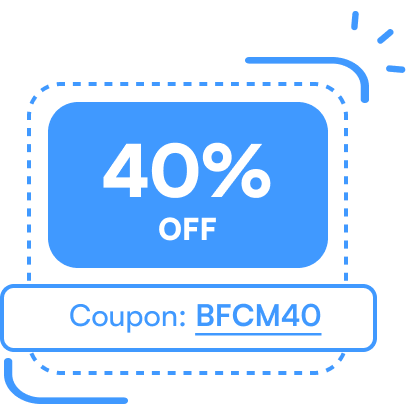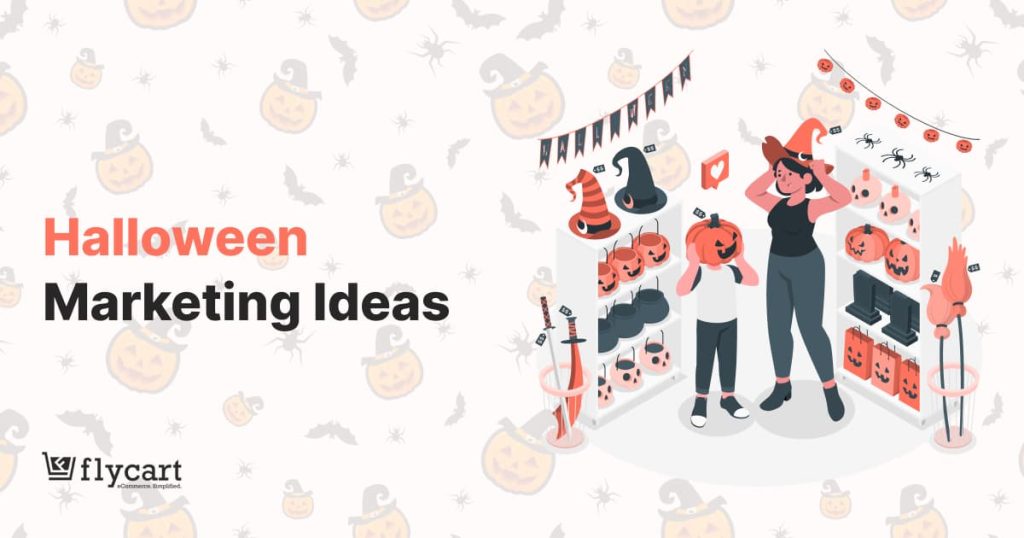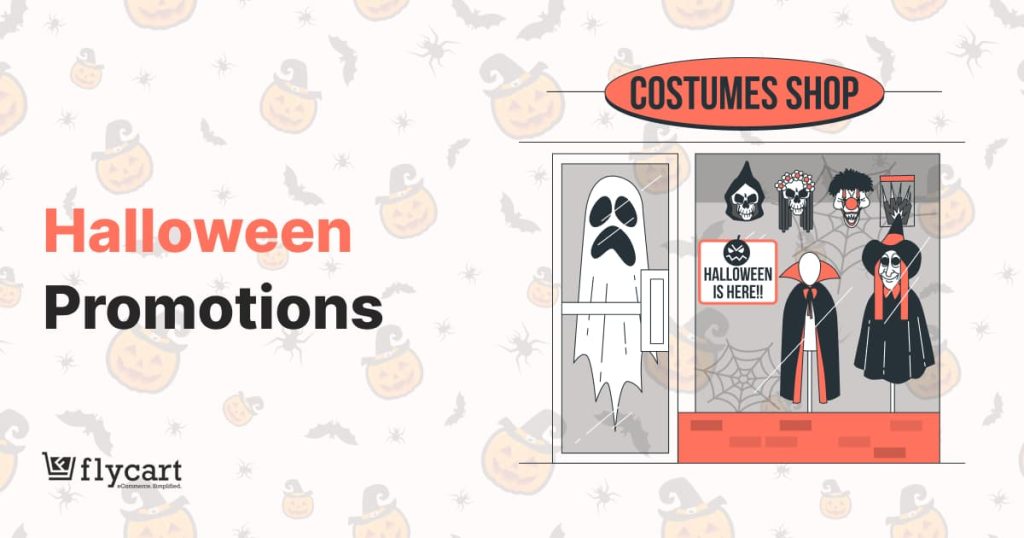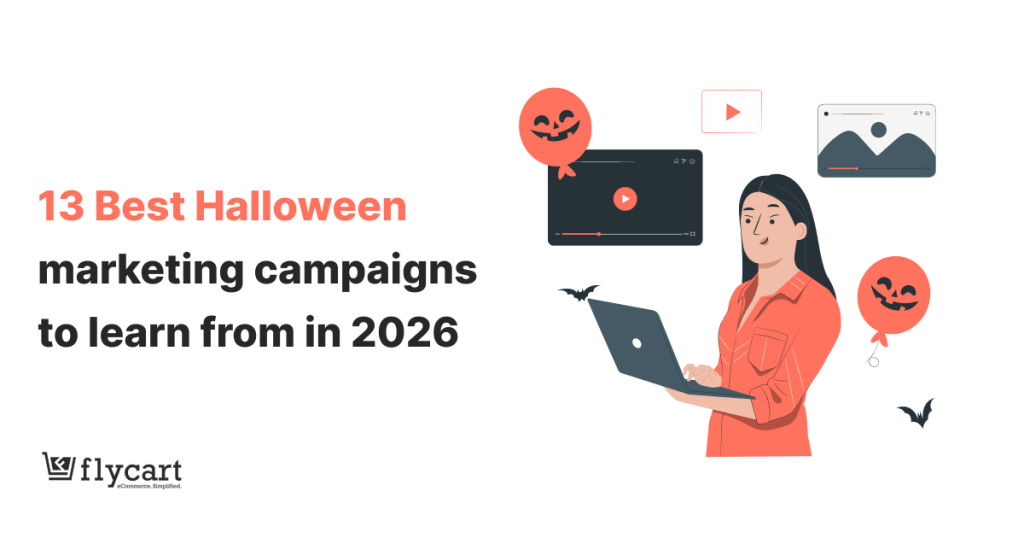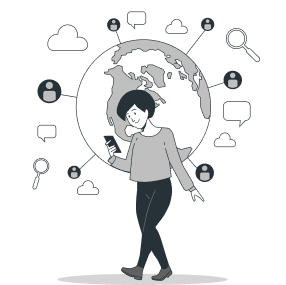Upselling techniques exactly deliver what growing businesses need most: higher revenue without higher customer acquisition costs.
You’ve seen it everywhere: Apple guiding you toward the higher storage option, Netflix suggesting the premium plan for better streaming quality, or the waiter recommending the slightly more expensive wine.
These aren’t random suggestions; they’re strategic upselling techniques that boost Average Order Value (AOV) and profit margins.
In the coming sections, we’ll explore twelve proven upselling techniques that increase AOV while strengthening customer relationships.
Increase your average order value quickly by creating UpsellWP’s one-click upsell and cross sell campaigns.
The Psychology Behind Successful Upselling
Before diving into specific techniques, let’s understand why upselling works from a psychological perspective.
Customers make purchase decisions based on perceived value, not just price. When considering an upgrade, they’re mentally calculating whether the additional benefits justify the higher cost. Your job is to make that calculation easy by clearly demonstrating added value.
Here’s what drives successful upselling:
Understanding Customer Buying Behavior
People buy solutions to problems, not products. When a customer is already considering a purchase, they’ve identified a need. Upselling works when you show how a premium option solves their problem even better.
For example, a customer buying a basic laptop for everyday use might upgrade to one with more memory after you explain how it will prevent frustrating slowdowns when multiple applications are running.
Pain Points and Solutions
Effective upselling addresses specific customer pain points. If someone is buying a smartphone, they might worry about battery life. Suggesting a model with extended battery life directly addresses this concern.
The Psychology of Value Perception
Several psychological principles come into play with successful upselling:
- Price anchoring: When customers see a $2,000 product next to a $1,500 one, the latter suddenly seems more reasonable.
- The power of good/better/best options: People tend to avoid extremes, often selecting the middle option.
- Fear of missing out (FOMO): Limited-time offers create urgency that drives decisions.
- Social proof: Showing what other customers choose helps validate upgrade decisions.
The key is understanding that customers don’t want to feel “sold to” – they want to feel they’re making smart decisions. Great upselling feels like helpful guidance, not pushy sales upselling tactics.
12 Best Upselling Techniques to Increase AOV
Now, let’s explore twelve proven upselling techniques that can significantly increase your average order value.
Product Bundling and Packages
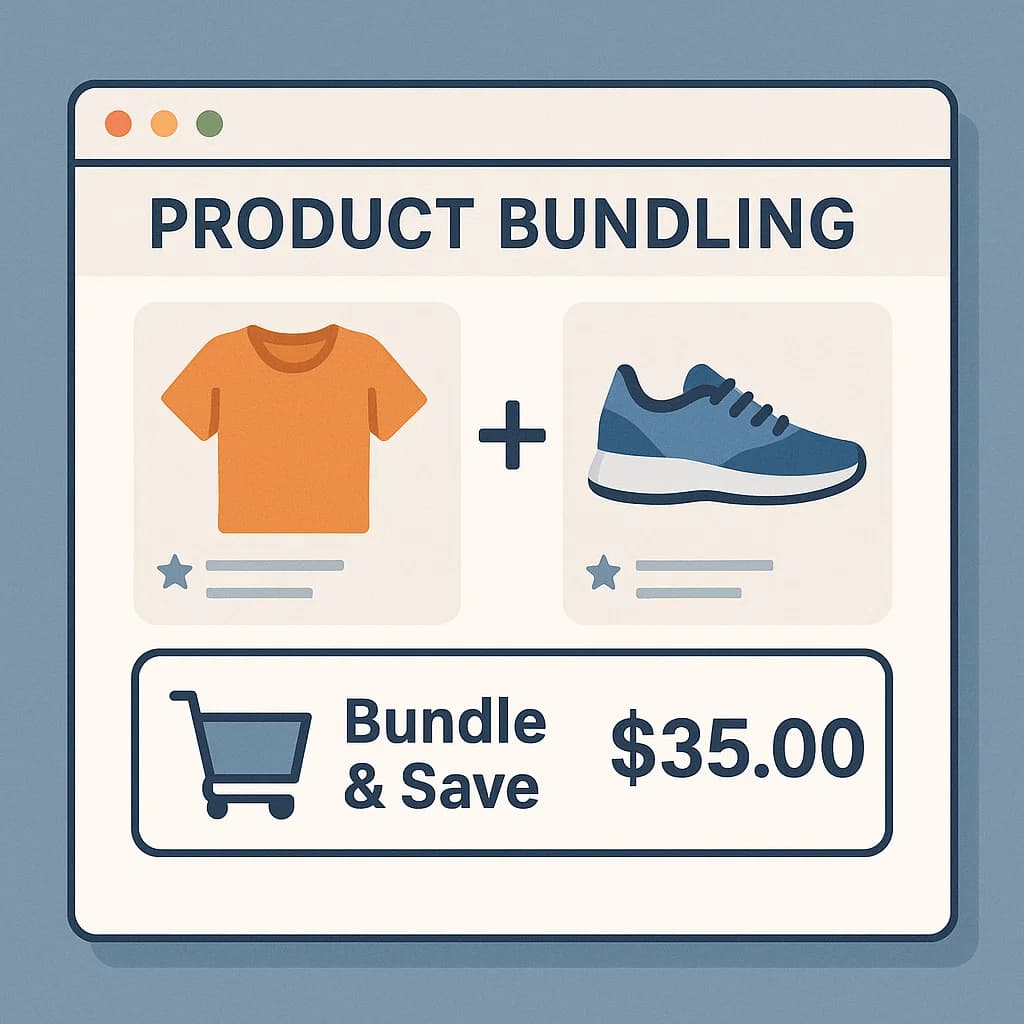
Product bundling combines related items at a price slightly lower than if purchased separately.
How to implement it:
- Create logical bundles that solve complete problems
- Highlight the savings compared to buying items individually
- Make bundle options visually prominent
Example: A camera store bundles a digital camera with a memory card, an extra battery, and a carrying case. The customer saves 15% compared to buying each item separately, and the store increases the transaction value from $500 to $650.
Pro tip: Test different bundle combinations to find what resonates most with your customers. Track which bundles convert best and refine your offerings accordingly.
Premium Versions and Upgrades
This classic upselling technique involves showing customers a higher-quality version of the product they’re considering.
How to implement it:
- Clearly communicate the additional benefits of the premium version
- Use comparison charts to visualize differences
- Keep the price difference reasonable (ideally no more than 25% higher)
Example: A software company offers their basic plan at $29/month but highlights how for just $39/month, users get additional features like advanced analytics and priority support. The feature comparison makes the value of upgrading obvious.
Pro tip: Focus on the specific outcomes and benefits the premium version delivers, not just the features. “Save 5 hours per week with our automated reporting feature” is more compelling than “Includes automated reporting.”
Limited-Time Offers
Creating a sense of urgency encourages faster decision-making and can make premium options more appealing.
How to implement it:
- Add countdown timers to special offers
- Create seasonal or event-based premium packages
- Send limited-time upgrade offers to existing customers
Example: “Upgrade to our annual plan today and save 20% – offer expires in 24 hours!” This creates urgency while offering genuine value.
Pro tip: Always be transparent and honest with time limitations. False urgency destroys trust and damages your brand.
Product Recommendations
Personalized product recommendations based on customer behavior can significantly increase conversion rates for upsells.
How to implement it:
- Use AI and purchase history to suggest relevant upgrades
- Show “customers also bought” sections
- Implement post-purchase recommendation emails
Example: Amazon’s “Customers who bought this item also bought” and “Frequently bought together” sections drive significant additional revenue by suggesting relevant complementary or superior products.
Pro tip: The more personalized your recommendations, the better they’ll convert. Use data from browsing history, past purchases, and similar customer profiles to refine suggestions.
Tiered Pricing Strategies
Offering multiple pricing tiers makes it easier for customers to self-select into higher value purchases.
How to implement it:
- Create clear good/better/best options.
- Include a premium option to make the middle option seem more reasonable
- Use visual cues to highlight your recommended option
Example: A web hosting company offers basic hosting at $5.99/month, premium hosting at $11.99/month, and business hosting at $24.99/month. Many customers who might have chosen the basic plan opt for premium when they see the comparison.
Pro tip: Research shows that pricing strategies with three options perform best, with the middle option often being the most popular choice.
Loyalty Programs and Incentives
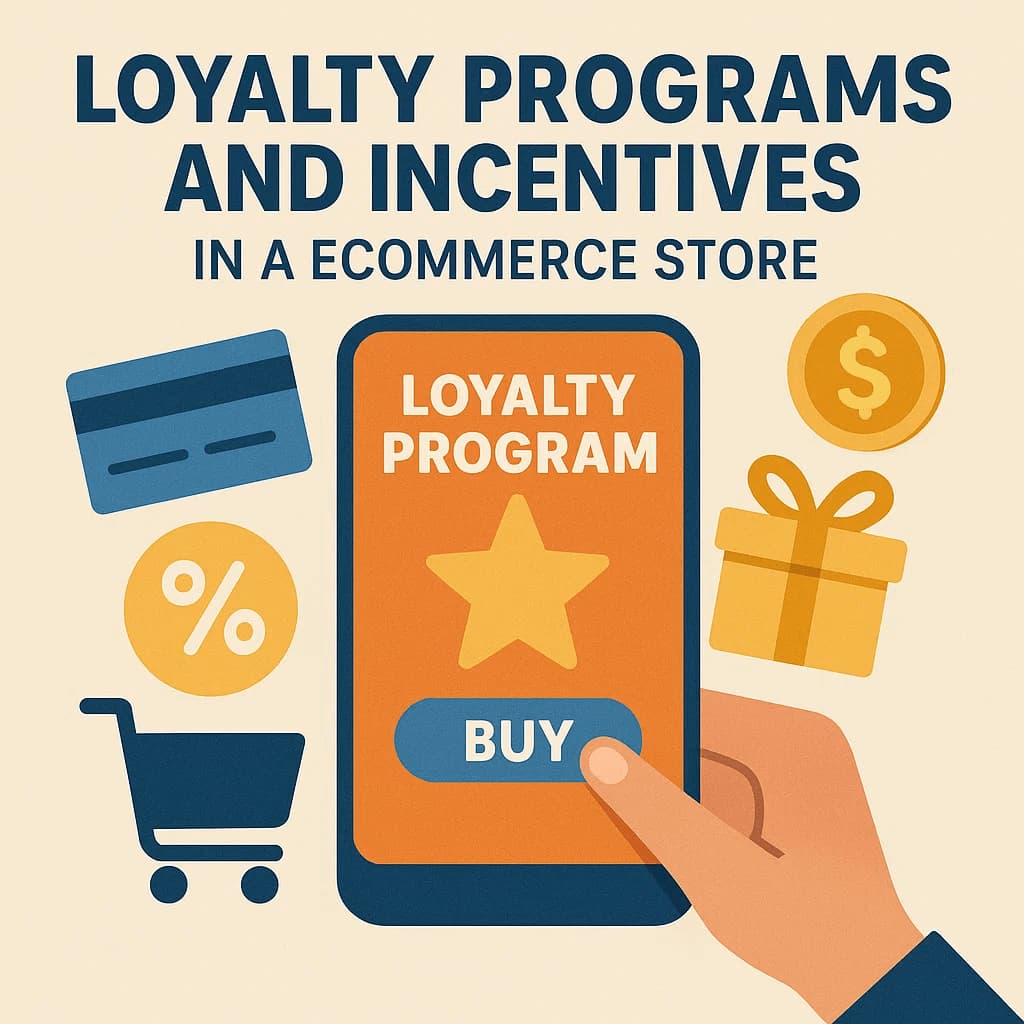
Reward loyal customers while encouraging higher-value purchases through customized loyalty programs.
How to implement it:
- Create tiered loyalty programs with increasing benefits
- Offer exclusive upgrades to loyal customers
- Provide points that can be applied toward premium purchases
Example: Sephora’s Beauty Insider program has three tiers with increasing benefits, motivating customers to spend more to reach higher status levels.
Pro tip: Make progress visible to customers so they can see how close they are to reaching the next loyalty tier.
Reward your customers for multiple actions like purchases, referrals, social shares, reviews and more with points and discounts using WPLoyalty’s pre-built loyalty campaigns.
Post-Purchase Upselling
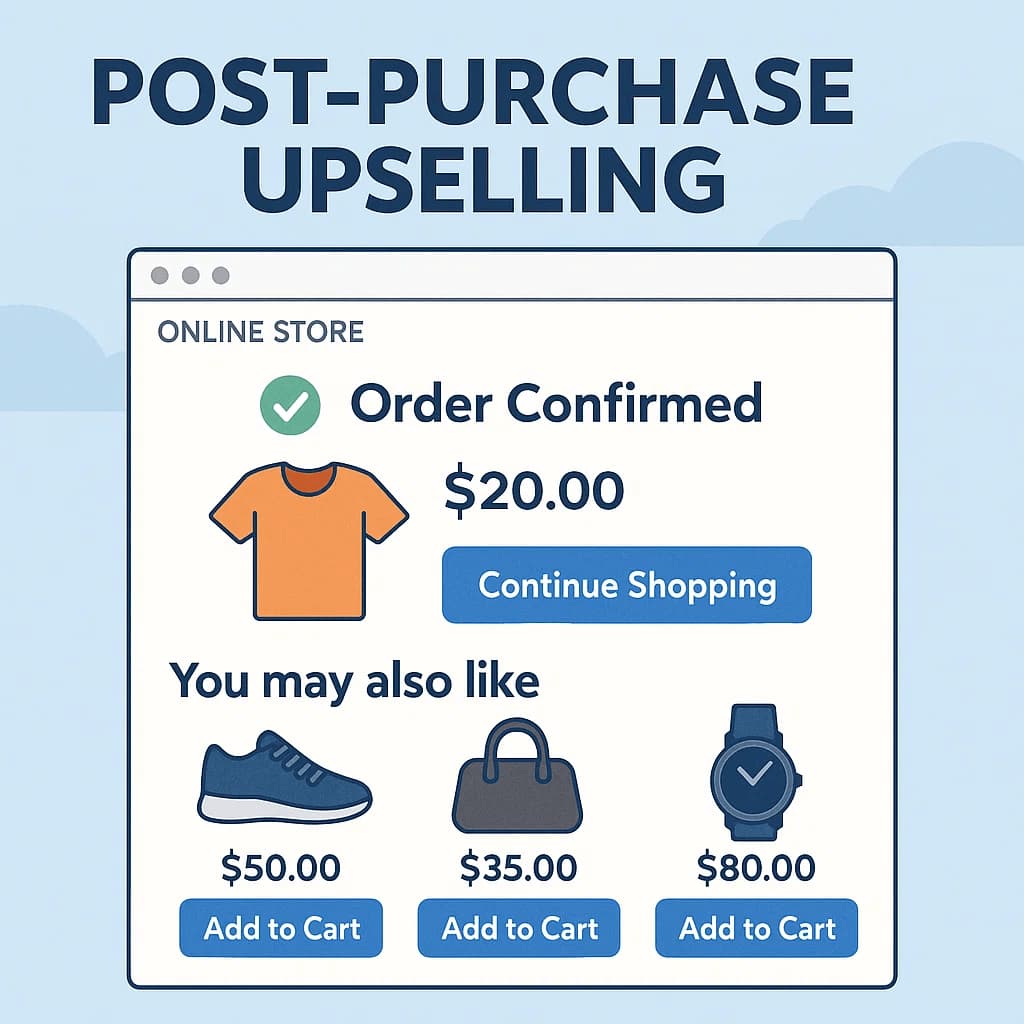
The customer journey doesn’t end after checkout. Post-purchase upselling can drive additional revenue.
How to implement it:
- Add relevant offers on the order confirmation page
- Include special offers in shipping confirmation emails
- Follow up with complementary premium products
Example: After purchasing a digital course, customers receive an email offering an advanced masterclass at a special “customer-only” discount.
Pro tip: Post-purchase offers should enhance the original purchase, not make customers feel they bought the wrong thing.
Free Shipping Thresholds
Strategic shipping thresholds encourage customers to add more items to their cart to qualify for free shipping.
How to implement it:
- Set a free shipping threshold slightly above your current AOV
- Show customers how close they are to free shipping
- Suggest specific items that will help them reach the threshold
Example: A clothing retailer offers free shipping at $75 when their average order is $65. They show a progress bar during checkout with text like “Add $10 more to get free shipping!” along with product suggestions in that price range.
Pro tip: Test different threshold levels to find the sweet spot that maximizes conversions without hurting your margins.
Subscription Models
Converting one-time purchases into subscriptions dramatically increases customer lifetime value.
How to implement it:
- Offer a discount for subscription vs. one-time purchase
- Highlight convenience and never “running out”
- Make subscriptions easy to manage and modify
Example: Dollar Shave Club transformed the razor industry by moving from one-time purchases to a subscription model with different tier options.
Pro tip: Focus on the pain points that subscriptions solve – like the hassle of remembering to reorder or the risk of running out of essential products.
Complementary Products
Suggesting truly complementary items enhances the customer’s primary purchase.
How to implement it:
- Identify products that work better together
- Show complementary items at strategic points in the buying journey
- Explain why the items work well together
Example: A customer buying a printer is offered a discount on ink cartridges and paper during checkout, addressing their complete printing needs.
Pro tip: The best complementary products enhance the use or enjoyment of the main product. Focus on items that deliver additional value, not just random add-ons.
Suggest complementary products at various customer touch points using UpsellWP’s pre-built campaigns.
Social Proof and FOMO
Leveraging social proof and fear of missing out can be powerful motivators for upgrading.
How to implement it:
- Show how many customers chose the premium option
- Display reviews that mention the benefits of upgrading
- Highlight limited availability of premium options
Example: “92% of our customers choose our premium plan for these extra features…” This social validation makes customers more confident in upgrading.
Pro tip: Segment your social proof to match your customer profiles. Showing testimonials from similar customers increases their impact.
Visual Merchandising Techniques
How you visually present upgrade options can significantly impact conversion rates.
How to implement it:
- Use high-quality images that showcase premium features
- Implement before/after comparisons
- Use color psychology and design to highlight recommended options
Example: A skincare brand shows side-by-side before/after photos for their standard and premium treatments, making the superior results of the premium product immediately visible.
Pro tip: A/B test different visual presentations of your premium options to determine which generates the highest conversion rates.
Implementing Upselling in Different Business Models
While the core principles of upselling remain consistent, implementation varies across business models. Let’s explore the most effective approaches for different types of businesses.
Ecommerce Upselling Implementation
Online stores have multiple opportunities to present upsells throughout the customer journey.
Key strategies:
- Product page recommendations based on browsing history
- Cart upsells before checkout
- Post-purchase email sequences with premium offers
- Retargeting ads featuring upgrades to products viewed
The beauty of ecommerce upselling is that you can test and optimize continuously based on data. Track which placements and which types of offers generate the best results.
Example: Fashion retailer ASOS shows “Complete the look” sections on product pages, significantly increasing their AOV by suggesting coordinating premium items.
Brick-and-Mortar Retail Upselling
Physical retail relies more heavily on staff training and store layout to facilitate upselling.
Key strategies:
- Train staff to identify opportunities for relevant upgrades
- Position premium products at eye level
- Create compelling in-store displays that showcase good/better/best options
- Use point-of-sale prompts for add-ons
Example: Best Buy trains employees to offer protection plans and premium accessories when customers purchase electronics, significantly increasing their transaction values.
Service Industry Upselling Approaches
Service businesses benefit from consultative selling approaches that focus on enhanced outcomes.
Key strategies:
- Create tiered service packages with clear value differences
- Offer service add-ons that enhance results
- Implement maintenance or support contracts
- Use before/after demonstrations to show premium service results
Example: A hair salon offers basic cuts starting at $40 but upsells many clients to $65 premium services that include deep conditioning treatments by showing sample results.
SaaS and Digital Product Upselling
Digital products and software have unique opportunities for feature-based and usage-based upselling.
Key strategies:
- Implement feature limitations that naturally lead to upgrades
- Use in-app messaging to highlight premium features
- Create usage milestones that trigger upgrade suggestions
- Offer time-limited upgrade discounts to current users
Example: Dropbox offers a free plan but notifies users when they’re approaching storage limits, making the upgrade to a paid plan a natural next step.
Common Upselling Pitfalls and How to Avoid Them
Even with the best intentions, upselling can go wrong. Here are common pitfalls and how to avoid them:
Being Too Pushy
Aggressive upselling can alienate customers and damage your brand reputation.
How to avoid it:
- Focus on customer needs, not sales targets
- Accept “no” gracefully without repeated attempts
- Train teams to identify buying signals before suggesting upgrades
Poor Timing
Offering an upsell at the wrong moment can reduce overall conversion rates.
How to avoid it:
- Wait until the customer has committed to the initial purchase
- Test different points in the customer journey
- Use behavioral triggers that indicate readiness for an upgrade
Irrelevant Recommendations
Suggesting upgrades that don’t match customer needs undermines trust.
How to avoid it:
- Use data to personalize recommendations
- Train staff to ask questions before suggesting upgrades
- Track which recommendations convert for which customer segments
Price Jump Too High
If the upgrade price feels too steep, customers will decline even valuable upsells.
How to avoid it:
- Keep price increases within the 25-40% range when possible
- Clearly articulate the additional value
- Consider “step-up” upsells rather than giant leaps
Remember: successful upselling enhances the customer experience by providing greater value. It should never feel like a bait-and-switch or pressure upselling tactic.
Conclusion
Implementing effective upselling techniques doesn’t have to be complicated. Start with these steps:
- Choose 2-3 techniques from this article that best fit your business model
- Implement them systematically with clear tracking measures
- Gather data for at least 2-4 weeks
- Analyze results and refine your approach
- Gradually add additional techniques as you master the basics
The most successful upselling strategies focus on creating genuine value for customers while increasing revenue for your business.
What upselling technique will you implement first? The sooner you start testing, the sooner you’ll see results.
Also read:
- How to Sell WooCommerce Digital Download Products?
- 5 Best WooCommerce Product filter plugins (Free + Paid)
- 5 Best WooCommerce Subscription Plugins in 2025
- 5 Best WooCommerce Discount Plugins (Free & Paid)
- 6 Best WooCommerce Coupon Code Generator
Frequently Asked Questions
The four stages include: identifying customer needs, presenting relevant higher-value options, demonstrating additional benefits, and securing agreement through compelling value propositions that enhance their original purchase decision.
A classic example: when ordering a basic burger, the server suggests upgrading to a deluxe version with premium toppings, fries, and drink for better value and satisfaction.
Food and beverage upselling involves encouraging customers to purchase premium menu items, larger portions, wine pairings, appetizers, or desserts to increase average transaction value and dining experience.
Effective techniques include: highlighting product benefits, creating urgency, offering bundled packages, using social proof, personalizing recommendations, and demonstrating clear value that justifies the additional investment for customers.
The four steps are: Approach (greeting customers), Presentation (showcasing products), Handling objections (addressing concerns), and Close (securing the sale through persuasive techniques and confirming purchase commitment).

